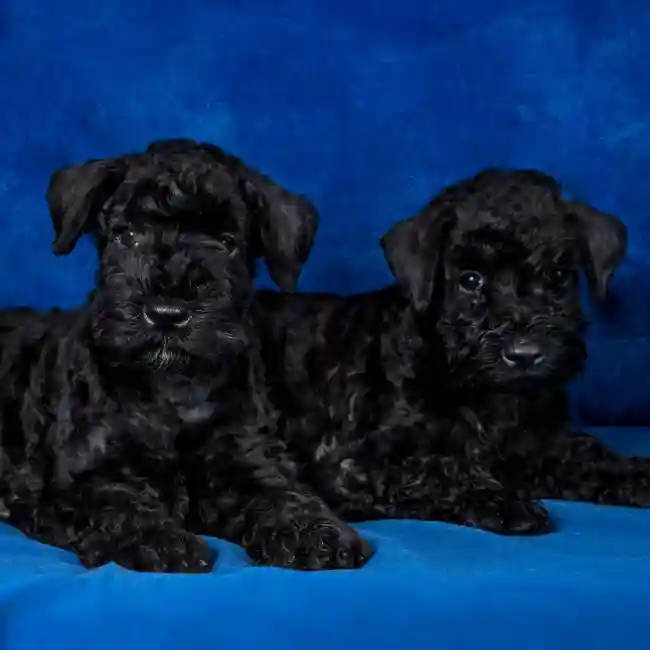Kerry Blue Terrier

Among the largest of AKC terriers, the Kerry Blue Terrier is famous for his show-stopping blue coat. Named for the Irish county of his birth, this onetime farm dog is today an alert, adaptable, and animated watchdog and family companion.


Ask About Kerry Blue Terrier ?
Breed Traits
Pet traits are ranked on a scale of 1 to 10 with 1 being the lowest and 10 being the highest.
Group
Terrier
Temperament
About
History
Standard
Nutrition
Grooming
Exercise
Training
Health
General Appearance
The typical Kerry Blue Terrier should be upstanding well knit and in good balance, showing a well-developed and muscular body with definite terrier style and character throughout. Correct coat and color are important. A low-slung Kerry is not typical.
Size, Proportion, Substance
Head
Neck, Topline, Body
Forequarters
Hindquarters
Coat
Color
Gait
Disqualifications
Available Puppies
All pets have found there homes! Sign up to be notified when new pets are added so you don't miss out.


